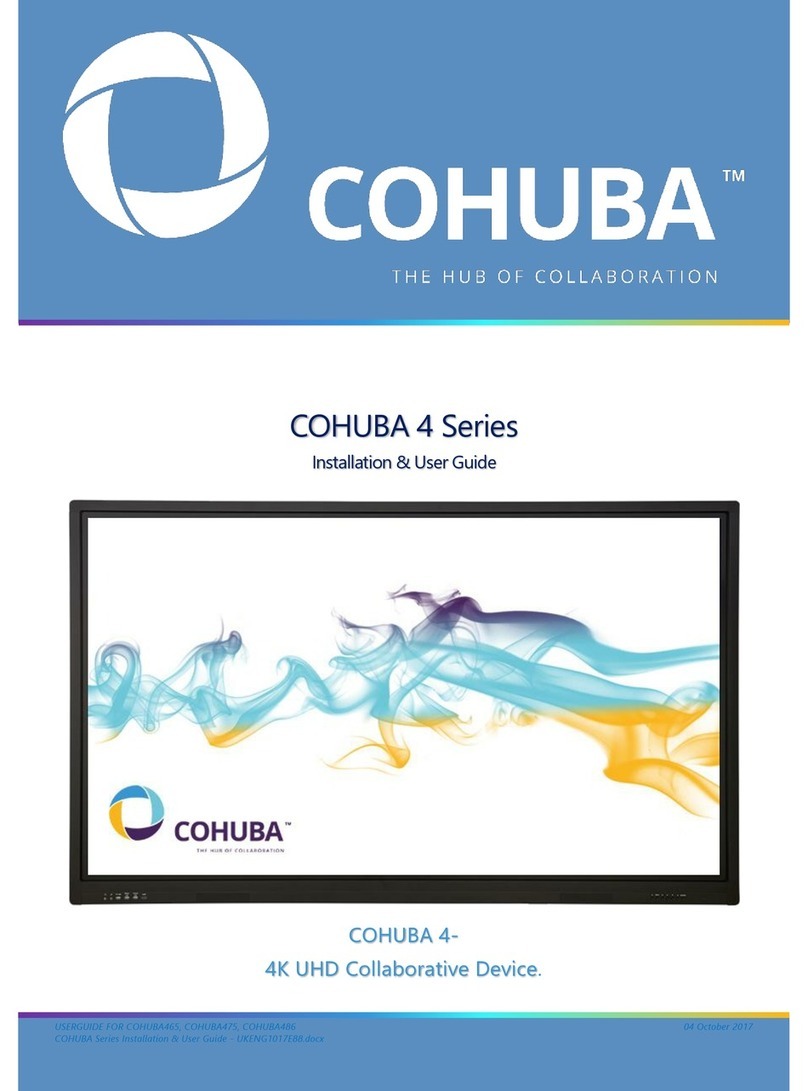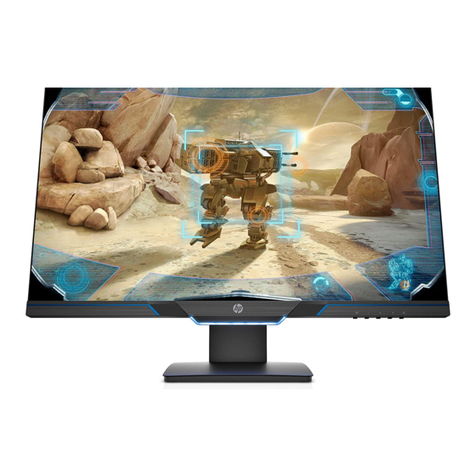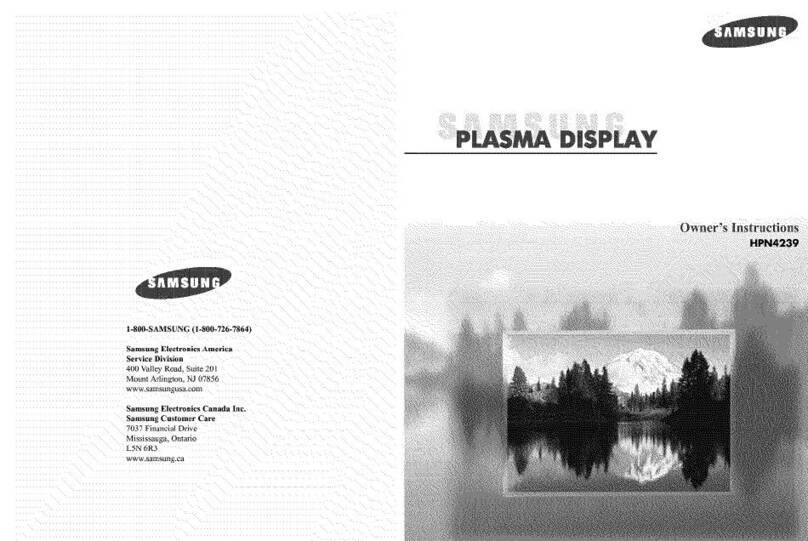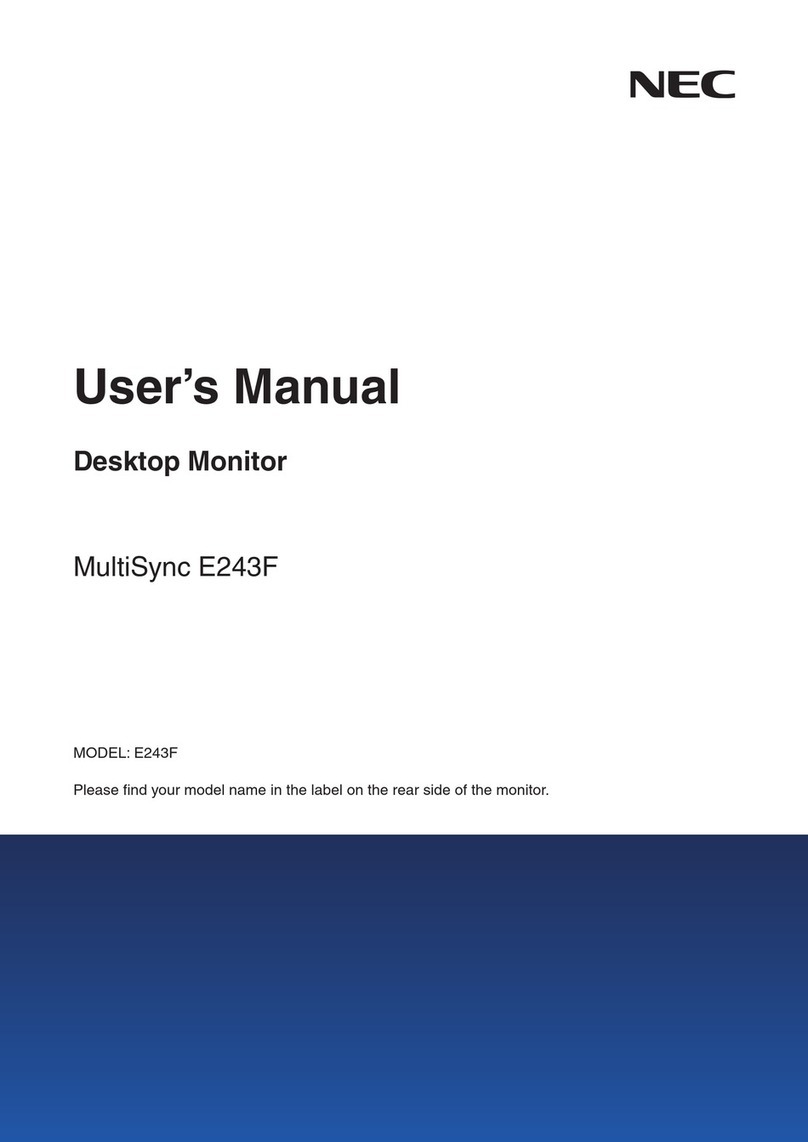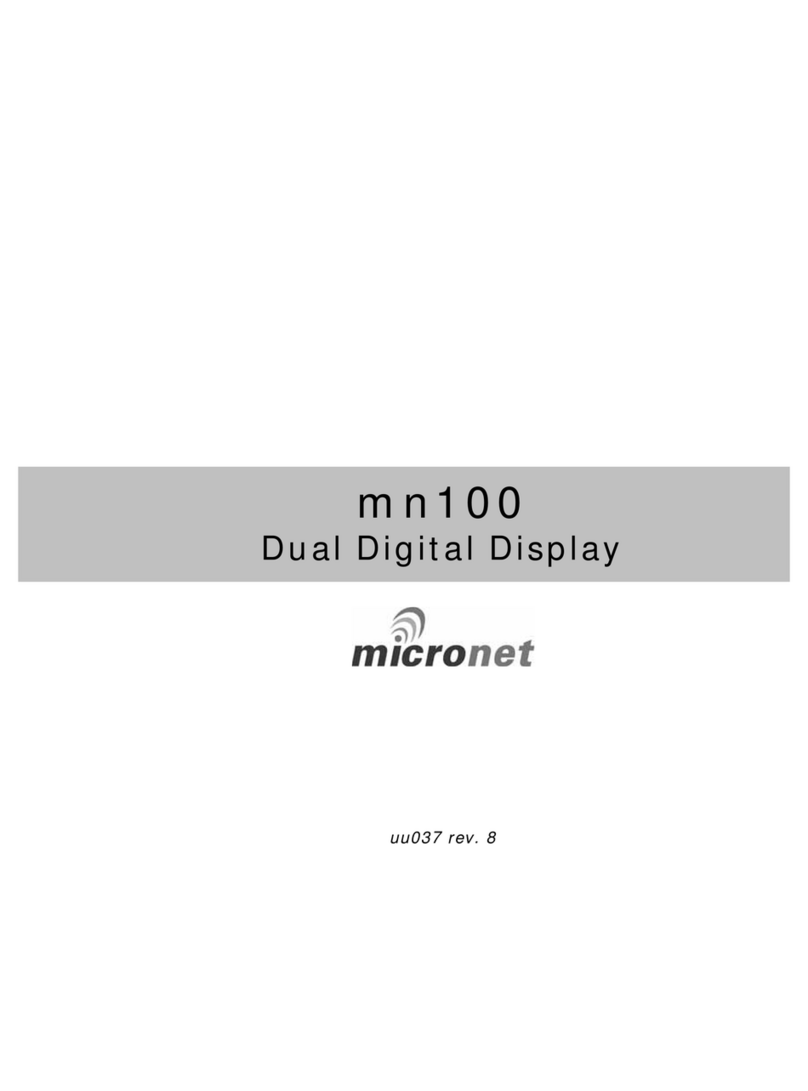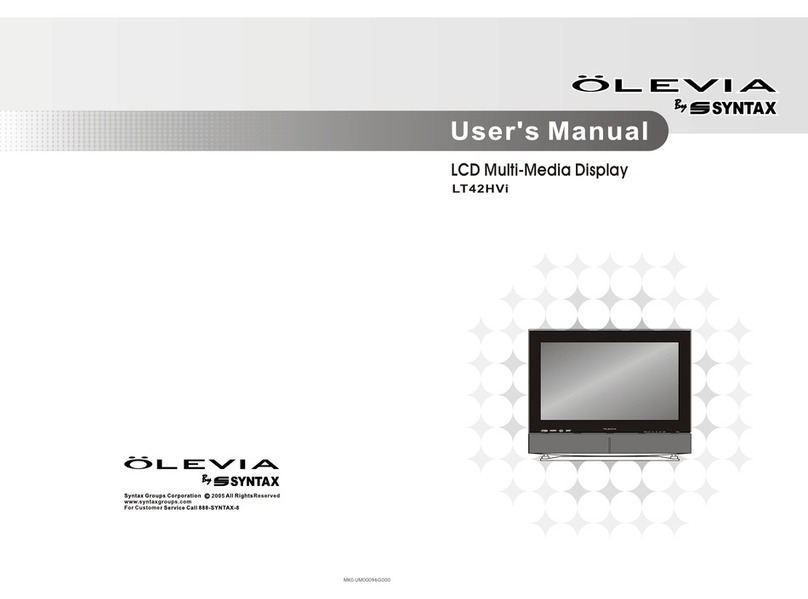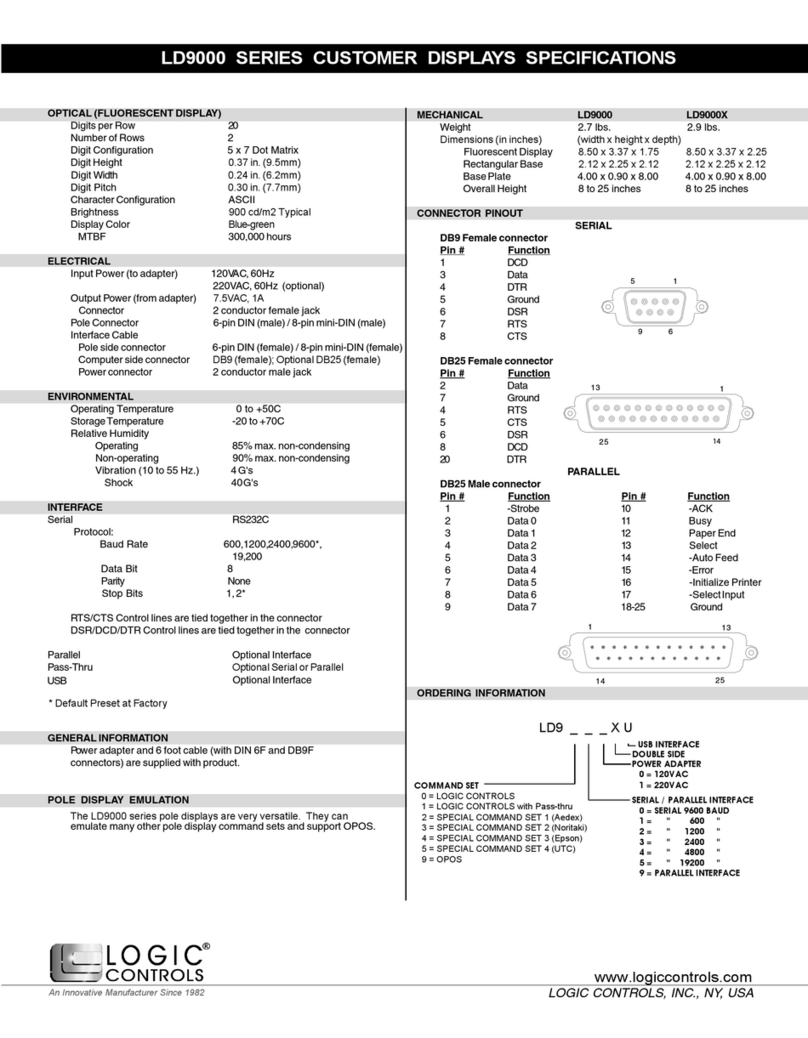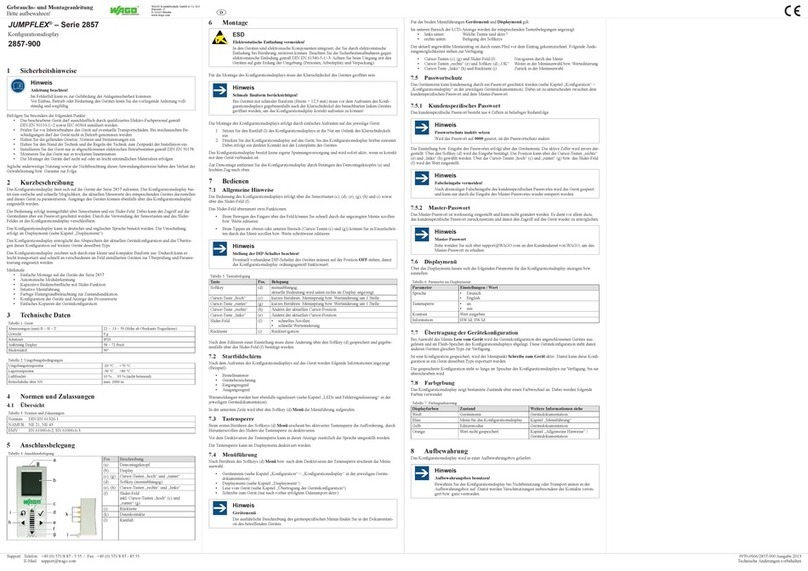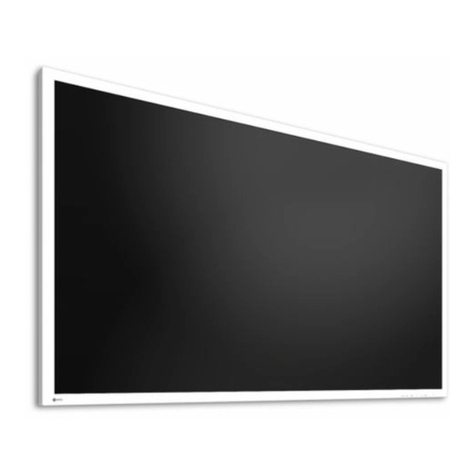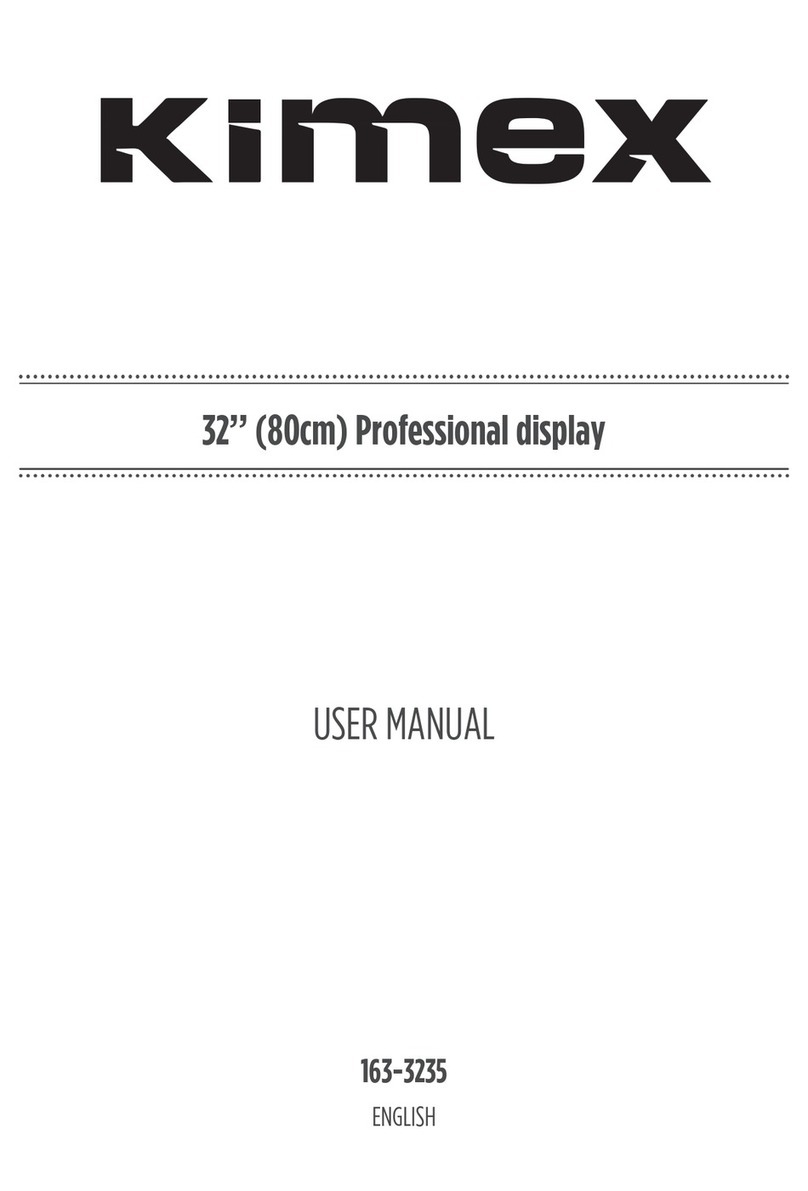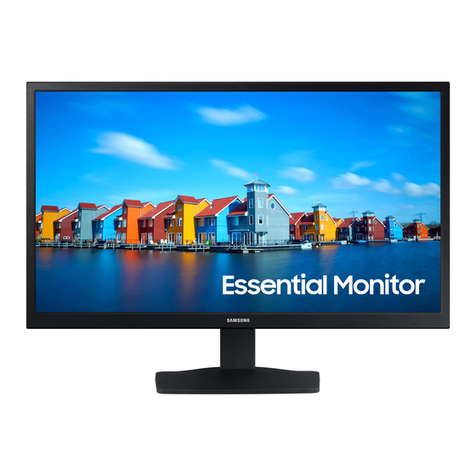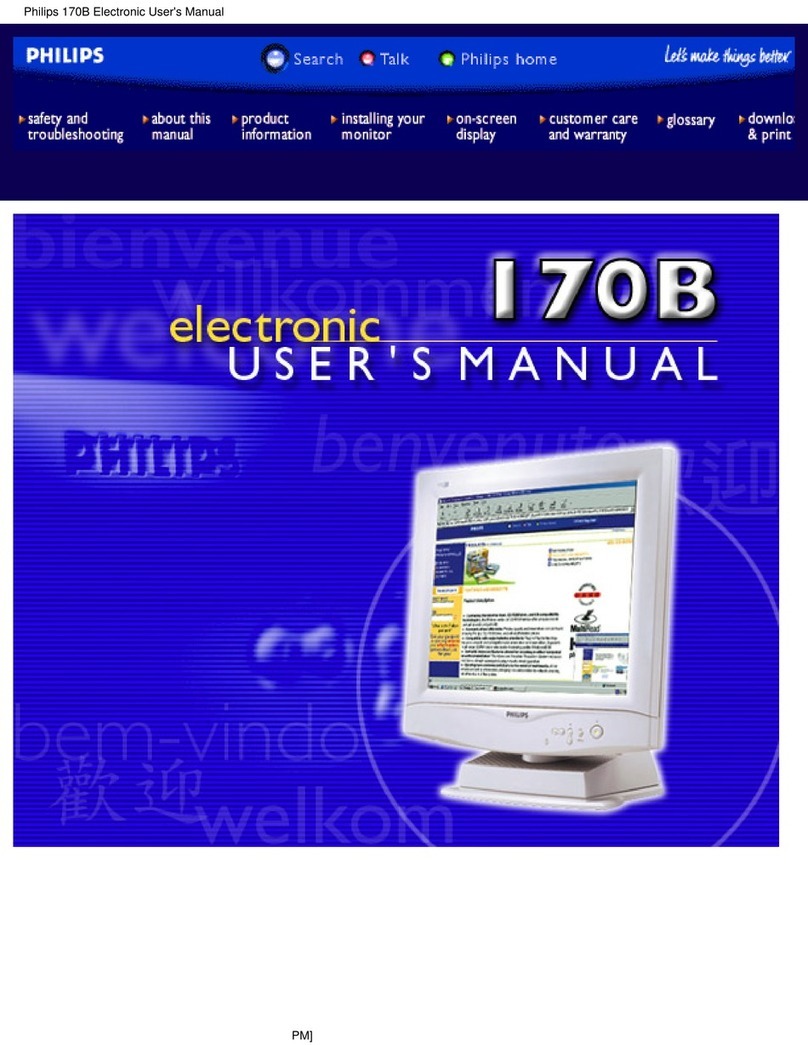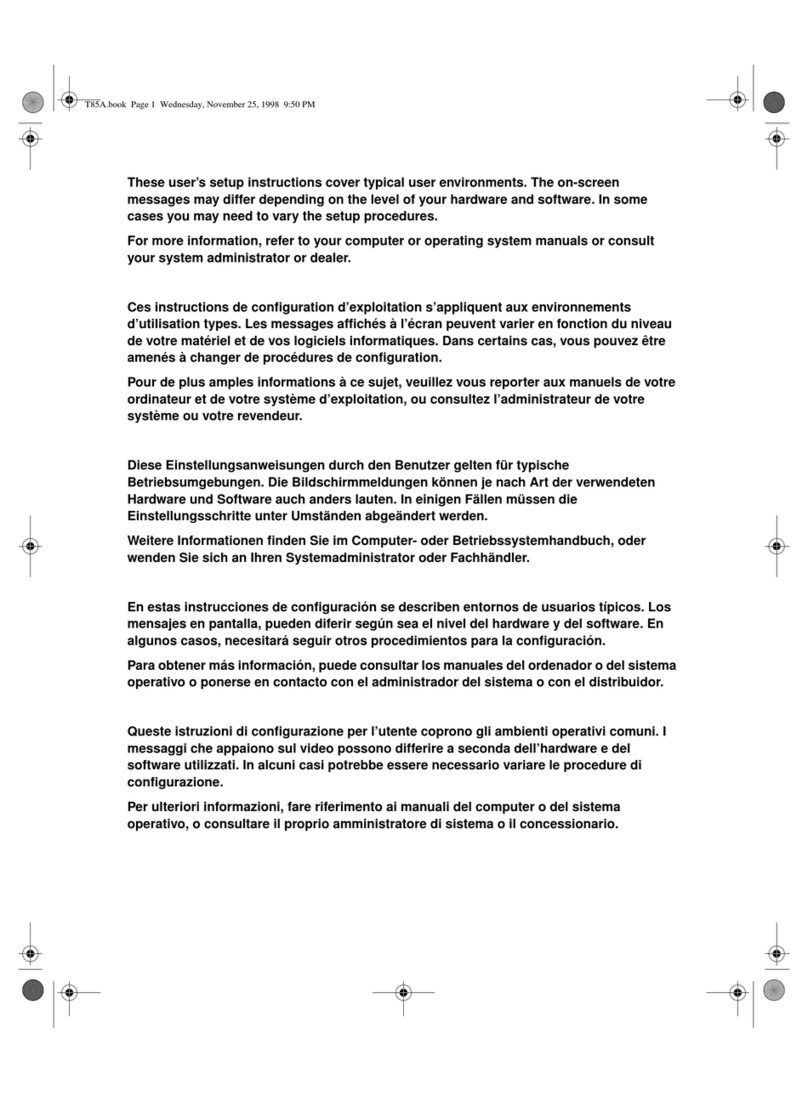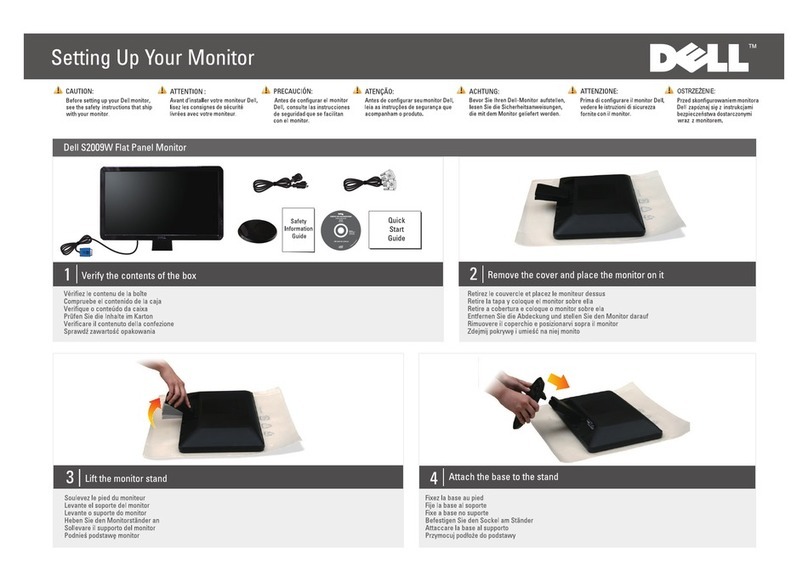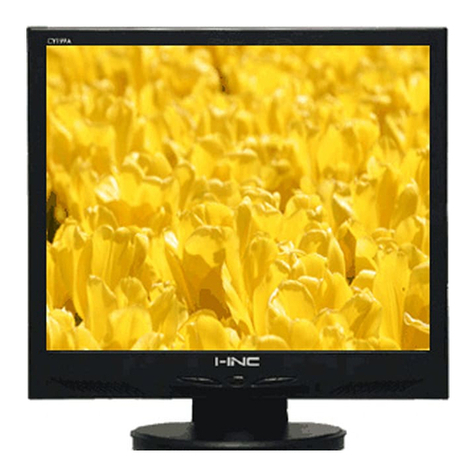Element Labs STEALTH v2 User manual

STEALTH® v2
User’s Guide
www.shsglobal.store

STEALTH® v2 User’s Guide
STEALTH® v2 User’s Guide
Rev. 1.05, June, 2008
Part #117-0150
Copyright © Element Labs, Inc.
The Element Labs logo and STEALTH® are trademarks of Element Labs, Inc.
Other trademarks and trade names may be used in this document to refer to products by other
entities. Element Labs, Inc. claims no proprietary interest in trademarks and trade names owned by
others.
Information and specifications in this document are subject to change without notice. Element
Labs, Inc. assumes no responsibility or liability for any errors or inaccuracies that may appear in this
manual.
Contact Info
Element Labs, Inc.
9701 Metric Boulevard
Suite 200
Austin, TX 78758
United States
tel +1 512 491 9111
fax +1 512 491 9122
Element Labs GmbH
Lindener Str. 15
D-38300 Wolfenbüttel
Germany
tel +49 5331 905660
fax +49 5331 905661
Element Labs Ltd.
19A Perseverance Works
38 Kingsland Road
London E2 8DD
United Kingdom
tel +44 (0) 20 7749 0611
fax +44 (0) 20 7749 0622
http://www.elementlabs.com
www.shsglobal.store

STEALTH® v2 User’s Guide TOC-1
Chapter 1:Introduction 1-1
System Overview ___________________________________________________ 1-2
Chapter 2:Processing Components 2-1
VP1 - Video Processing Unit ___________________________________________ 2-2
Front Panel Description ___________________________________________ 2-2
Rear Panel Description ___________________________________________ 2-3
SP1 – Signal Processing Unit __________________________________________ 2-4
Front Panel Description ___________________________________________ 2-4
Rear Panel Description ___________________________________________ 2-5
Menu Navigation ________________________________________________ 2-5
DD1 – Data Distribution Unit __________________________________________ 2-8
Front Panel Description ___________________________________________ 2-8
Rear Panel Description ___________________________________________ 2-8
PDB-3 – Power and Data Distribution ___________________________________ 2-9
Front Panel Description ___________________________________________ 2-9
Rear Panel Description __________________________________________ 2-10
DSU – Data Supply Unit _____________________________________________ 2-12
Front Panel Description __________________________________________ 2-14
Chapter 3:Rigging and Mechanical 3-1
Overview __________________________________________________________ 3-2
Header Assembly ___________________________________________________ 3-3
Description _____________________________________________________ 3-3
Connecting Multiple Headers ______________________________________ 3-4
STEALTH Panel _____________________________________________________ 3-5
Connecting Multiple STEALTH Panels _______________________________ 3-6
Folding STEALTH Panels __________________________________________ 3-8
Power & Data Connections ________________________________________ 3-9
Appendix A :Specifications A-1
VP1 Specifications __________________________________________________ A-2
SP1 Specifications __________________________________________________ A-3
DD1 Specifications _________________________________________________ A-4
PDB-3 Specifications ________________________________________________ A-5
DSU Specifications _________________________________________________ A-6
STEALTH Panel Specifications ________________________________________ A-7
T
ABLE
OF
C
ONTENTS
www.shsglobal.store

STEALTH® v2 User’s Guide TOC-2
Appendix B :LedGuru Software B-1
Communication Setup _______________________________________________ B-2
Input Tab __________________________________________________________ B-3
Output Tab ________________________________________________________ B-4
Input Cropping _________________________________________________ B-4
DVI Output _____________________________________________________ B-5
50 / 60 Hz Field Rates ________________________________________ B-5
Frame Rate Conversion _______________________________________ B-6
Picture Scaling __________________________________________________ B-6
Pattern Generator ___________________________________________________ B-7
File Load Save ______________________________________________________ B-8
Appendix C :Application Notes C-1
SP1 Vertical Offset ___________________________________________________ C-2
Index IX-1
www.shsglobal.store

STEALTH® v2 User’s Guide 1-1
CHAPTER
Chapter 1 I
NTRODUCTION
This User’s Guide covers the typical STEALTH system and its various components in
detail and illustrates sample configurations.
Chapters in this manual are divided into the following topics:
•Introduction, (p. 1-1)
•Processing Components, (p. 2-1)
•Rigging and Mechanical, (p. 3-1)
•Specifications, (p. A-1)
•LedGuru Software, (p. B-1)
If you are viewing this manual in PDF form, you can click on any link to jump
directly to a referenced topic. Links are identified by the colored, underlined type.
For example, the chapters listed above are links and will take you directly to that
chapter.
The same methodology applies to entries in the Table of Contents although they
are not displayed as links.
www.shsglobal.store

STEALTH® v2 User’s Guide 1-2
Chapter 1
Introduction
System Overview
The STEALTH system is a modular LED display product that allows for full motion
video to be displayed on high resolution STEALTH panels.
The STEALTH panels are lightweight and rapidly deployable. A nearly 60 percent
transparent design makes it easy for set pieces or even other display devices to
remain visible behind it allowing for a number of different creative effects.
STEALTH is comprised of the following hardware components:
•VP1 - Video Processing Unit (p. 2-2)
•SP1 – Signal Processing Unit (p. 2-4)
•DD1 – Data Distribution Unit (p. 2-8)
•PDB-3 – Power and Data Distribution (p. 2-9)
•DSU – Data Supply Unit (p. 2-12)
•STEALTH Panel (p. 3-5)
The STEALTH system is capable of handling many types of video signals including:
•DVI
•SD-SDI
• HD-SDI (limited resolution, see page 2-2)
• Component
•S-Video
• Composite
The VP1 takes one of the above signals and converts it to the proper format for
input to the SP1. The SP1 requires a 1024x768 Digital Visual Interface (DVI) signal at
60 Hz with high (+) or low (-) vertical sync.
NOTE If you already have a properly formatted DVI signal for the SP1 (1024x768 @ 60 Hz),
you do not need the VP1.
Throughout this manual, screen sizes and/or pixel dimensions are referenced in the
commonly used form of 1024x768. The first number is the horizontal value and the
second number is the vertical value. For example, the DVI input signal to the VP1 is
1024 horizontal pixels by 768 vertical pixels and is represented as 1024x768.
The SP1 has 2 fiber optic outputs each with a resolution of 1024x256 pixels. One or
both SP1 outputs are connected to the DD1. The DD1’s job is to slice up the signal
into 400x80 pixel chunks which are then routed to the individual STEALTH panels
via the PDB-3.
www.shsglobal.store

STEALTH® v2 User’s Guide 1-3
Chapter 1
Introduction
The PDB-3 contains 2 DSUs, each with 4 outputs. The DSU handles the final
conversion of the video signal into 16x80 blocks which connect to a column of 5
STEALTH panels. Each STEALTH panel is an individual array of 16x16 pixels.
The following figure illustrates the basic signal flow of the STEALTH system. Unless
otherwise noted, the numbers shown are pixel dimensions.
Figure 1.1
STEALTH System Signal Flow
This is a very simplified explanation of the STEALTH system. The following chapters
will provide you with more detailed information on the STEALTH system.
www.shsglobal.store

STEALTH® v2 User’s Guide 2-1
CHAPTER
Chapter 2 P
ROCESSING
C
OMPONENTS
This chapter provides details on the STEALTH System processing components and
covers the following topics:
•VP1 - Video Processing Unit (p. 2-2)
•SP1 – Signal Processing Unit (p. 2-4)
•DD1 – Data Distribution Unit (p. 2-8)
•PDB-3 – Power and Data Distribution (p. 2-9)
•DSU – Data Supply Unit (p. 2-12)
www.shsglobal.store

STEALTH® v2 User’s Guide 2-2
Chapter 2
Processing Components
VP1 - Video Processing Unit
The VP1 is a Video Processing Unit capable of accepting several video formats and
outputting a 1024x768 pixel DVI-D signal. The VP1 is operated via serial control
from a PC using the supplied LedGuru software. Refer to LedGuru Software, (p. B-1)
for information on controlling the VP1 via the LedGuru Software.
The following is a list of the video signals that the VP1 accepts:
•DVI
•SD-SDI
• HD-SDI (limited resolution, see note below)
• Component
•S-Video
• Composite
NOTE If you already have a properly formatted DVI signal for the SP1 (1024x768 @ 60 Hz),
you do not need the VP1.
HD-SDI input video is limited to 720x486 resolution.
Front Panel Description
The following information describes the VP1 front panel:
Figure 2.1
VP1 Front Panel
LED Name Function
OK Running Normally
DVI Receiving DVI Signal
SDI Receiving SDI Signal
VIDEO Receiving Analog Video Signal
TX Transferring Data
RX Receiving Data
F1 System Fault
F2 System Fault
www.shsglobal.store

STEALTH® v2 User’s Guide 2-3
Chapter 2
Processing Components
Rear Panel Description
The following information describes the VP1 rear panel:
Figure 2.2
VP1 Rear Panel
Legend # Label Info
1 AC Power Input 85~264 VAC, 50/60 Hz
2 RS232 in Serial Control of VP1 from a PC
3 RS232 out RS232 Output Signal Interface (unused)
4,5 CVBS1,CVBS2 Composite Video Signal Input 1 and 2
4,5 Y1/C1 Y/C Video Signal Input 1
6-9 RGBS Red, Green, Blue and Sync (RGBS) Component
Video Signal Input
6-9 YPrPbS Y, Pr (R-Y), Pb (B-Y) and Sync Component Video
Signal Input
10 YC2 Y/C Video Signal Input 2
11 SDI Serial Digital Interface Input
12 USB USB Port (unused)
13 DVI in DVI Input
14,15 DVI out 2xDVI Outputs (1024x768 @ 60Hz)
www.shsglobal.store

STEALTH® v2 User’s Guide 2-4
Chapter 2
Processing Components
SP1 – Signal Processing Unit
The SP1 is the main controller for the STEALTH system. The SP1 receives a DVI input
(1024x768 @ 60 Hz) and processes the image to be displayed on up to two DD1s
(DD1 – Data Distribution Unit, p. 2-8). The SP1 incorporates a front panel menu
display to change many parameters including the following image controls:
• screen brightness
•gamma
•offset
• test pattern display
Front Panel Description
The following information describes the SP1 Front Panel:
Figure 2.3
SP1 Front Panel
Legend # Item Function
1 LED Screen Displays setup menus
2Menu
Access
Buttons
Menu Used to access setup menus and functions
•Inselectitemmode,press to return to the front
menu
• In change data mode, press to enter select item
mode
5Increments the menu selection
•Inselectitemmode,press to move the cursor up
to the previously selected item
• In change data mode, press to increase the data
value on the selected item
6Decrements the menu selection
•Inselectitemmode,press to move the cursor
down to the next selected item
• In change data mode, press to decrease the data
value of the selected item
Select Selects the displayed parameter
•Inselectitemmode,press to enter the next menu
or change data mode
• In change data mode, press to return to select
item mode after saving
www.shsglobal.store

STEALTH® v2 User’s Guide 2-5
Chapter 2
Processing Components
Rear Panel Description
The following information describes the SP1 rear panel connections:
Figure 2.4
SP1 Rear Panel
Menu Navigation
The SP1 front panel buttons allow you to navigate the menus and change
parameters. Button functionality varies depending upon the current menu mode.
There are 2 Menu Modes: Select Item and Change Data. Select Item mode,
indicated by a hand icon ( ), means that you are navigating the menus and will
be selecting an item that you wish to adjust. Once you have selected the item, you
are then in Change Data mode, indicated by a floppy disk icon ( ), where you will
actually be changing the setting.
3Indicator
lights
RXD RS232 signal is being received
TX RS232 signal is transsmitting
OK Indicates presence of incoming DVI signal
4 Power Powers on/off the SP1
Legend # Connector Info
1 AC Power Input Accepts between 85~240 VAC
2 RS232 In / Out Not used
3 Fiber A Out First image area data out to DD1
4 Fiber B Out Second image area data out to DD1
5 DVI In / Out DVI In: Signal from VP1 (1024x768 @ 60 Hz)
DVI Out: Loop Out to next SP1 or DVI Monitor
Legend # Item Function
www.shsglobal.store

STEALTH® v2 User’s Guide 2-6
Chapter 2
Processing Components
The SP1 menu structure has one main menu and five sub-menus outlined in the
following table.
Table 2.1
SP1 Menus & Value Ranges
Menu Item Description Values/
Range
Display Brightness Set the source of the brightness setting
and the setting value
1-10
Gamma Set DD1 gamma table 1.0-3.0
SP1 SP1 ID Set the ID of SP1 1-255
Cascade SP1 Set the cascade amount of SP1 1-255
DD1 Image Offset Master offset for all pixel information sent
to DD1
Width Horizontal Offset 0-1023
Height Vertical Offset 0-1023
Ch 1-1 Offset for DD1-Fiber A output channel A X1=0-1023
Y2=0-1023
Ch 1-2 Offset for DD1-Fiber A output channel B X=0-1023
Y=0-1023
Ch 1-3 Offset for DD1-Fiber A output channel C X=0-1023
Y=0-1023
Ch 1-4 Offset for DD1-Fiber A output channel D X=0-1023
Y=0-1023
Ch 1-5 Offset for DD1-Fiber A output channel E X=0-1023
Y=0-1023
Ch 1-6 Offset for DD1-Fiber A output channel F X=0-1023
Y=0-1023
Ch 2-1 Offset for DD1-Fiber B output channel A X=0-1023
Y=0-1023
Ch 2-2 Offset for DD1-Fiber B output channel B X=0-1023
Y=0-1023
Ch 2-3 Offset for DD1-Fiber B output channel C X=0-1023
Y=0-1023
Ch 2-4 Offset for DD1-Fiber B output channel D X=0-1023
Y=0-1023
Ch 2-5 Offset for DD1-Fiber B output channel E X=0-1023
Y=0-1023
Ch 2-6 Offset for DD1-Fiber B output channel F X=0-1023
Y=0-1023
SBU Display Mode
Mode Selects live input (Normal), generates test
pattern (Line), triggers internal DSU test
(Pattern & All)
Normal, Line,
Pattern, All
www.shsglobal.store

STEALTH® v2 User’s Guide 2-7
Chapter 2
Processing Components
Pat Selects DSU test patterns under PATTERN
mode
Black, White,
Red, Green,
Blue,
Pattern1,
Pattern2,
Pattern3,
Pattern4,
Column1,
Column2,
Row1, Row2,
ID
All W.B. Set scan board white balance individually
for Red, Green, and Blue components
R=0-255
G=0-255
B=0-255
Link Direction Selects the behavior of successive DSU
outputs from horizontal to vertical
Left to Right,
Down to Up,
Up to Down
Block Size Selects horizontal (width) and vertical
(height) pixel block output size. Should
always be set at 16x80 for STEALTH
systems.
Width: 1-255
Height: 1-255
Information Displays system information. Values are
unchangeable.
SP1 Version Shows Version and Date.
PC Com Mode Shows Mode and Channel information.
1.X = horizontal offset
2.Y = vertical offset
Table 2.1
SP1 Menus & Value Ranges
Menu Item Description Values/
Range
www.shsglobal.store

STEALTH® v2 User’s Guide 2-8
Chapter 2
Processing Components
DD1 – Data Distribution Unit
The following is a list of DD1 features:
• fiber optic input from SP1
• 1024x256 pixels (96 columns x 16 rows) maximum display area
• six output ports 400x80 pixels (25 columns x 5 rows)
• additional DD1 required for every additional 256 vertical pixels (16
rows) of screen area
NOTE You will need a 50/125 fiber optic cable with ST-ST connectors.
Front Panel Description
The following information describes the DD1 Front Panel:
Figure 2.5
DD1 Front Panel
Rear Panel Description
The following information describes the DD1 rear panel connections:
Figure 2.6
DD1 Rear Panel
Item Function
OK Solid green when running normally
Link Solid red if a problem occurs.
Flashing red during communications
Legend # Connector Info
1 AC Power Input Accepts between 85~264 VAC
2 Sensor Unused
3RelayBox Unused
4 Fiber In Data from the SP1
5 Signal Outputs A-F Data output
6 Signal Inputs A-F Unused
www.shsglobal.store

STEALTH® v2 User’s Guide 2-9
Chapter 2
Processing Components
PDB-3 – Power and Data Distribution
The PDB-3 handles the distribution of power and data to the STEALTH panels. Each
PDB-3 includes the following features:
• Two x 1U High Data Supply Units (DSU)
• DC Output Panel, 1U High
• Multiple PDB-3s Can Be Connected
Front Panel Description
As shown below, each PDB-3 contains 3 individual chassis: 2 DSUs and 1 DC Output
Panel. The following information describes the front of the PDB-3:
Figure 2.7
PDB-3 Front Panel
The DC Output Panel contains 4 Speakon connectors for distributing 48VDC power
to the STEALTH panels. Each of these power connectors breaks out to 2 LTW
connectors that can drive two columns of 5 panels each. Do not daisy chain more
than 5 panels together.
NOTE LTW power and data cables from the PDB-3 to the STEALTH panels must be no
longer than 8 meters.
Legend # Item Info
1 DSU #1 See DSU – Data Supply Unit (p. 2-12) for more info
2 DSU #2 See DSU – Data Supply Unit (p. 2-12) for more info
3 DC Output Panel Handles the power output to the STEALTH panels
4 Power Output Cable with Neutrik NL-4 connector breaks out to 2x
LTW connectors
5 Circuit Breakers 15 amp (push to reset)
www.shsglobal.store

STEALTH® v2 User’s Guide 2-10
Chapter 2
Processing Components
The following diagram illustrates basic PDB to STEALTH Power connections:
Figure 2.8
PDB Power Connection Diagram
Rear Panel Description
The following information describes the rear of the PDB-3:
Figure 2.9
PDB-3 Rear Panel
Legend # Item
1 Power Input Connector (see below)
2 Removable Power Supplies
www.shsglobal.store

STEALTH® v2 User’s Guide 2-11
Chapter 2
Processing Components
Each PDB-3 is configured with either a NEMA L6-30 (North America, 30 amp) or
IEC 60309 - CEE 17 (EU, 32 amp) power input connector mounted on the rear of the
chassis for main power input.
Figure 2.10
PDB-3 NEMA LC-30 Male Power Input Connector, front view
Figure 2.11
PDB-3 IEC 60309 - CEE 17 Male Power Input Connector, front view
NOTE US 120/208v power: you need to run two hot legs on separate phases and a ground
to reach the required voltage.
EU 240v power: you need one hot leg, a neutral, and ground.
Item Wire Color Info
Ground Green
Hot Leg X Black 180-264 VAC, 47/63 Hz
Nominally: 200-240 VAC, 50/60Hz
Hot Leg Y Red
Item Wire Color Info
Hot Leg X Brown 180-264 VAC, 47/63 Hz
Nominally: 200-240 VAC, 50/60Hz
Neutral Blue
Ground Green + Yellow
www.shsglobal.store

STEALTH® v2 User’s Guide 2-12
Chapter 2
Processing Components
DSU – Data Supply Unit
The DSU handles the final data output to the STEALTH panels. Each DSU contains
four Scan Boards (SB) which must be addressed properly to match your
configuration.
For example, if you are going to use 8 columns of STEALTH panels the DIP switches
for the first 4 SBs must be set to 1-4. The next DSU SBs need to be set to 5-8.
Each DIP switch has 8 individual switches which allow you to set the Binary ID for
that SB. Each of the 8 individual switches can be set to On or Off. When set to the
On (up) position, there is a value associated with that setting. The overall value is
obtained by adding the individual values of switches 1-5. The following
information describes a Scan Board DIP switch:
Figure 2.12
Scan Board DIP Switch
DIP Switch Binary Value
11
22
34
48
516
Legend # Item Description
1Up On
2Down Off
3 Switches 1-5 Used for SB addressing
4 Switch 6 & 7 Unused
5 Switch 8 Used for either video
mode (up position) or
test pattern mode
(down position)
Address Value
1
2
4816
www.shsglobal.store

STEALTH® v2 User’s Guide 2-13
Chapter 2
Processing Components
The following table lists the individual DIP switch values along with an image of
how the DIP switch should be set:
As an example, using Table 2.2 above, #7 has switches 1, 2, and 3 in the up position.
So simply add the values from switches 1, 2, and 3 (1 + 2 + 4) to get the overall
value of 7.
Table 2.2
DIP Switch Values
Value Image Value Image Value Image
11019
21120
31221
41322
51423
61524
71625
817
918
www.shsglobal.store
Table of contents
